Last month, we reported that the Tax Reform for Acceleration and Inclusion Act would be signed by President Duterte on December 15. We missed it by four days, but the bill is now officially a law after the President formally approved it today. Included in it is the revision of excise taxation for motor vehicles.
You may have already read sample computations for various vehicle models, but as an industry executive told VISOR, car pricing is not as simple as getting a calculator and keying in numerical digits. “Pricing is also determined by product positioning and margin strategy per model,” the executive said. Which we took to mean that in this business atmosphere, the product planner is king—he who adds an attractive feature here and removes a not-so-noticeable freebie there in the name of competitive pricing. In a budget-conscious market like ours, the car companies with the best product planners will always come out on top. Because they can brilliantly analyze the feel-good impact of a new gizmo versus the psychological effect of the amount it ultimately adds to the price.
The industry is now awaiting the implementing rules and regulations that will, as another executive pointed out to us, “instruct car companies exactly how to compute the taxes so that the law isn’t open to subjective interpretations.”
Anyway, assuming the new excise tax computation is as straightforward as the wording found in the TRAIN Act is, let’s try to make sense of how car prices will move once the rules and regulations are in place. Before proceeding, allow us to note that “net manufacturer’s price” means the amount the car company is asking for the unit sans excise and value-added taxes. So when you encounter the phrase “a net manufacturer’s price of P600,000,” for example, it doesn’t refer to the final retail price quoted to customers (which already includes taxes and other miscellaneous charges).
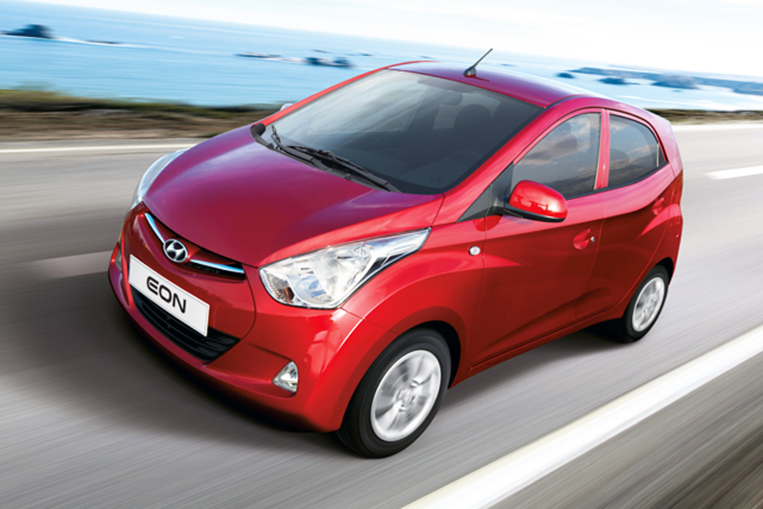
Bracket 1: Vehicles with a net manufacturer’s price of P600,000 and below will now be taxed 4% (a maximum P24,000), compared to the previous 2% (a maximum P12,000).
Example: A car with a net manufacturer’s price of P500,000 will now be taxed P20,000 (4%). By comparison, the same car would be taxed P10,000 (2%) under the outgoing scheme.
Verdict: A price increase of up to P12,000 will hardly discourage first-time car buyers, especially if this difference is spread over four or five years. Hence, small vehicles—mini and subcompact, depending on the variant—are highly likely to continue selling very well.
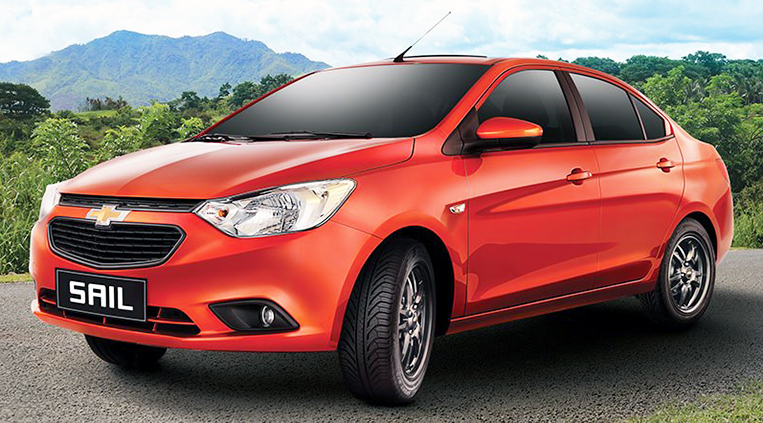
Bracket 2: Vehicles with a net manufacturer’s price of more than P600,000 up to P1,000,000 will now be taxed a flat rate of 10%. Under the outgoing taxation scheme, vehicles with a net manufacturer’s price of more than P600,000 up to P1,100,000 were taxed based on a graduated taxation formula of P12,000 (2% of P600,000) plus 20% of any amount exceeding P600,000.
Example 1: A car with a net manufacturer’s price of P700,000 will now be taxed P70,000 (10%). By comparison, the same car would be taxed just P32,000 (P12,000 plus P20,000) under the outgoing scheme.
Example 2: A car with a net manufacturer’s price of P800,000 will now be taxed P80,000 (10%). By comparison, the same car would be taxed just P52,000 (P12,000 plus P40,000) under the outgoing scheme.
Example 3: A car with a net manufacturer’s price of P1,000,000 will now be taxed P100,000 (10%). By comparison, the same car would be taxed just P92,000 (P12,000 plus P80,000) under the outgoing scheme.
Verdict: A P30,000 to P40,000 price difference would be a bit tough for buyers in this segment. Still bearable if one avails of a multiyear financing plan, but shoppers in this bracket will now be more meticulous in studying product specifications and checking out similar models from competing brands in an effort to save some cash. For vehicles approaching the P1,000,000 mark, the tax increase will virtually be negligible.
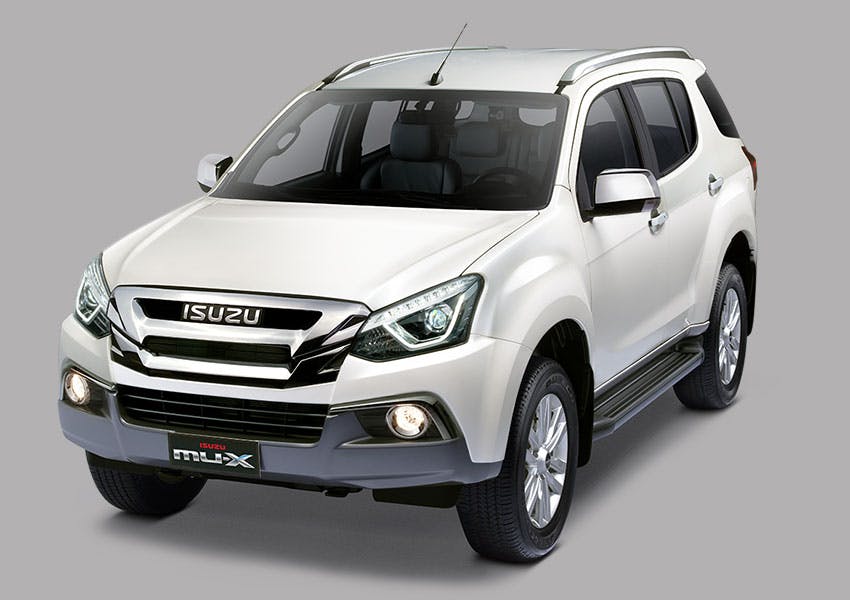
Bracket 3: Vehicles with a net manufacturer’s price of more than P1,000,000 up to P4,000,000 will now be taxed a flat rate of 20%. Under the outgoing taxation scheme, vehicles with a net manufacturer’s price of more than P1,100,000 up to P2,100,000 were taxed P112,000 plus 40% of any amount exceeding P1,100,000.
Example 1: A car with a net manufacturer’s price of P1,200,000 will now be taxed P240,000 (20%). By comparison, the same car would be taxed just P152,000 (P112,000 plus P40,000) under the outgoing scheme.
Example 2: A car with a net manufacturer’s price of P1,500,000 will now be taxed P300,000 (20%). By comparison, the same car would be taxed just P272,000 (P112,000 plus P160,000) under the outgoing scheme.
Example 3: A car with a net manufacturer’s price of P2,000,000 will now be taxed just P400,000 (20%). By comparison, the same car would be taxed a bigger P472,000 (P112,000 plus P360,000) under the outgoing scheme.
Example 4: A car with a net manufacturer’s price of P3,000,000 will now be taxed just P600,000 (20%). By comparison, the same car would be taxed a much higher P872,000 (P112,000 plus P760,000) under the outgoing scheme.
Example 5: A car with a net manufacturer’s price of P4,000,000 will now be taxed just P800,000 (20%). By comparison, the same car would be taxed a whopping P1,272,000 (P112,000 plus P1,160,000) under the outgoing scheme.
Verdict: This bracket presents the widest fluctuation in tax difference from one end of the spectrum to the other. Buyers of vehicles at the lower end of the bracket will surely balk at the tax increase and will probably consider downgrading. On the other hand, buyers at the upper end of the bracket can now take advantage of the tax decrease.
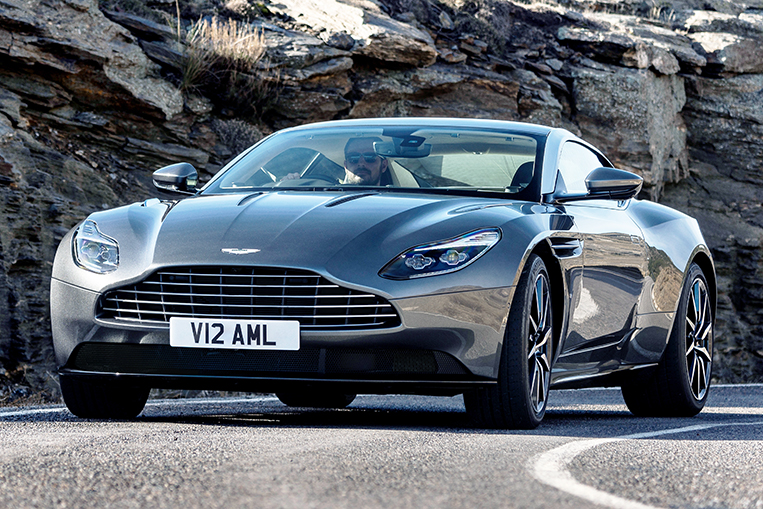
Bracket 4: Vehicles with a net manufacturer’s price of more than P4,000,000 will now be taxed a flat rate of 50%. Under the outgoing taxation scheme, vehicles with a net manufacturer’s price of more than P2,100,000 were taxed P512,000 plus 60% of any amount exceeding P2,100,000.
Example 1: A car with a net manufacturer’s price of P5,000,000 will now be taxed P2,500,00 (50%). By comparison, the same car would be taxed just P2,252,000 (P512,000 plus P1,740,000) under the outgoing scheme.
Example 2: A car with a net manufacturer’s price of P10,000,000 will now be taxed just P5,000,000 (50%). By comparison, the same car would be taxed a slightly higher P5,252,000 (P512,000 plus P4,740,000) under the outgoing scheme.
Example 3: A car with a net manufacturer’s price of P15,000,000 will now be taxed just P7,500,000 (50%). By comparison, the same car would be taxed a bigger P8,252,000 (P512,000 plus P7,740,000) under the outgoing scheme.
Verdict: Do luxury car buyers even care? Apparently, they do, because many of them pressed the panic button and purchased an unplanned unit this year as they had been led to believe taxes on luxury vehicles would drastically increase. On the contrary—with the exception of models at the lower end of this bracket—taxes on premium models are bound to go down. Let’s just say those who bought a Ferrari or a Lamborghini in 2017 aren’t exactly the happiest car owners right now.
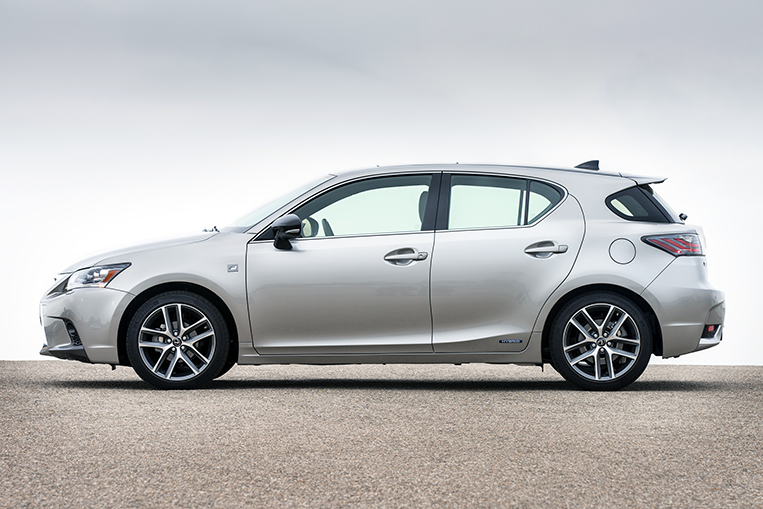
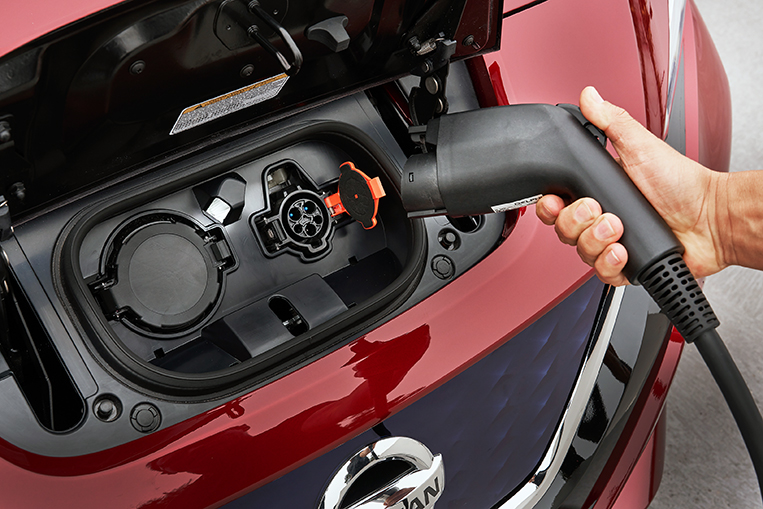
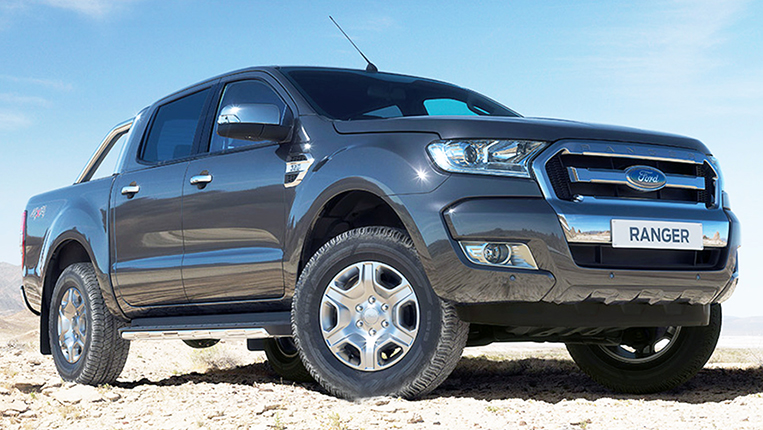
Exemption 1: Hybrid vehicles will now be taxed just 50% of the regular rates applied to cars with conventional internal-combustion engines.
Exemption 2: Fully electric vehicles will be exempt (0%) from the excise tax.
Exemption 3: Pickup trucks will be exempt (0%) from the excise tax.
Verdict: We’re about to see a surge in the sales of hybrid vehicles, and more brands besides Toyota and Lexus will bring in hybrid models. We will also start seeing EVs in our market. We’ve already reported about Nissan Philippines seriously considering launching the all-new Leaf here. As for the pickups, this one is still being debated by industry insiders. Is the exemption intended for all pickup models and variants, or is it only for single-cab models designed for commercial use? If “lifestyle” pickups aren’t included, they will be taxed like regular passenger vehicles (see above brackets). Either way, the pickup segment should enjoy substantial sales growth with the tax break.
And now, we all wait for the official implementing rules and regulations. You just never know: In this country, a law can often be interpreted whichever way one wishes unless its details are set in stone. We’ll keep you posted.

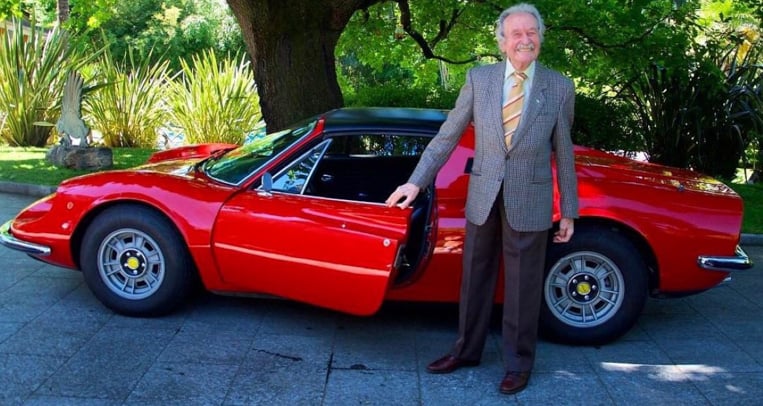

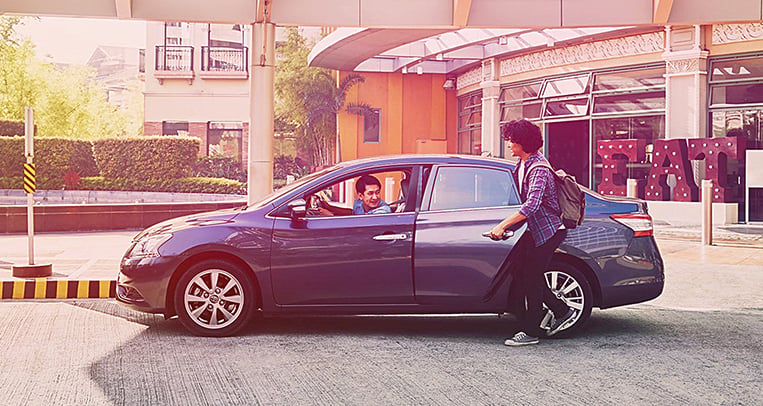
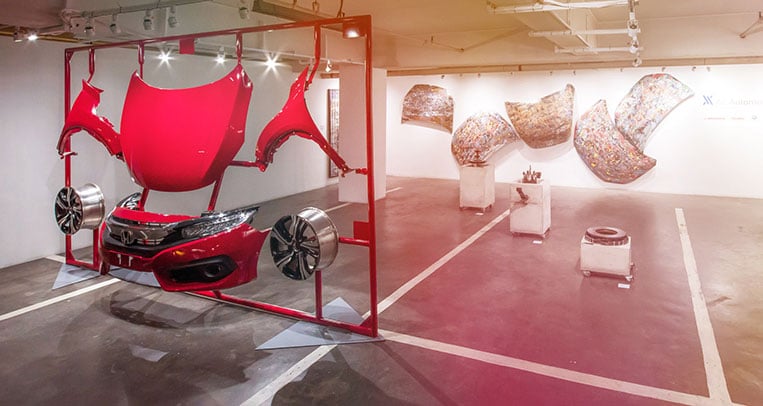
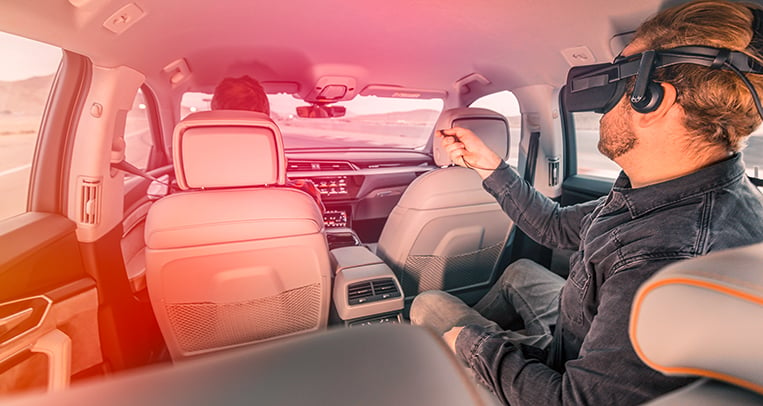

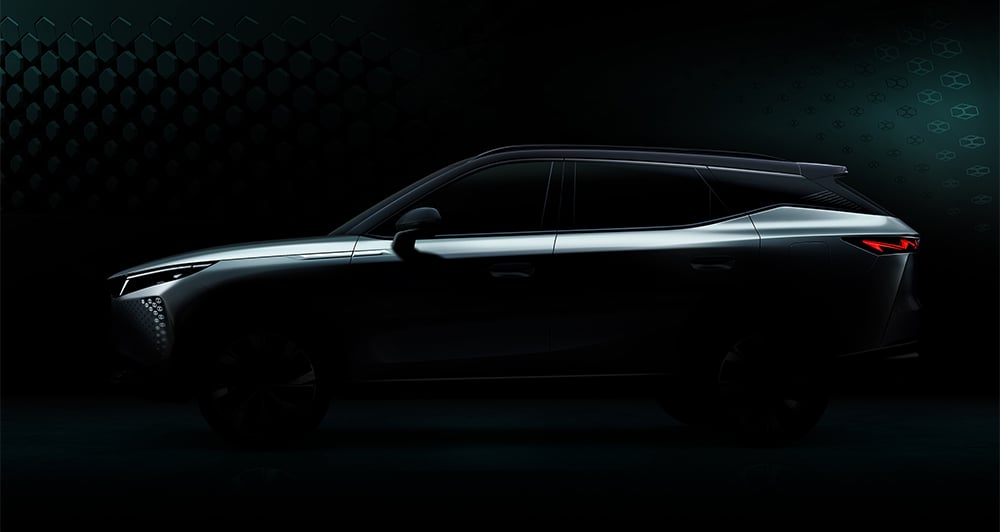
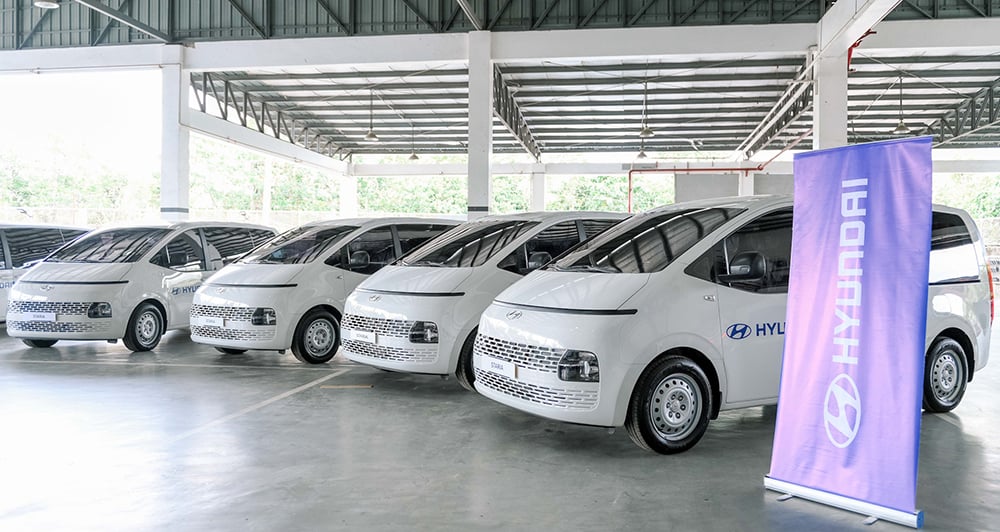


Comments